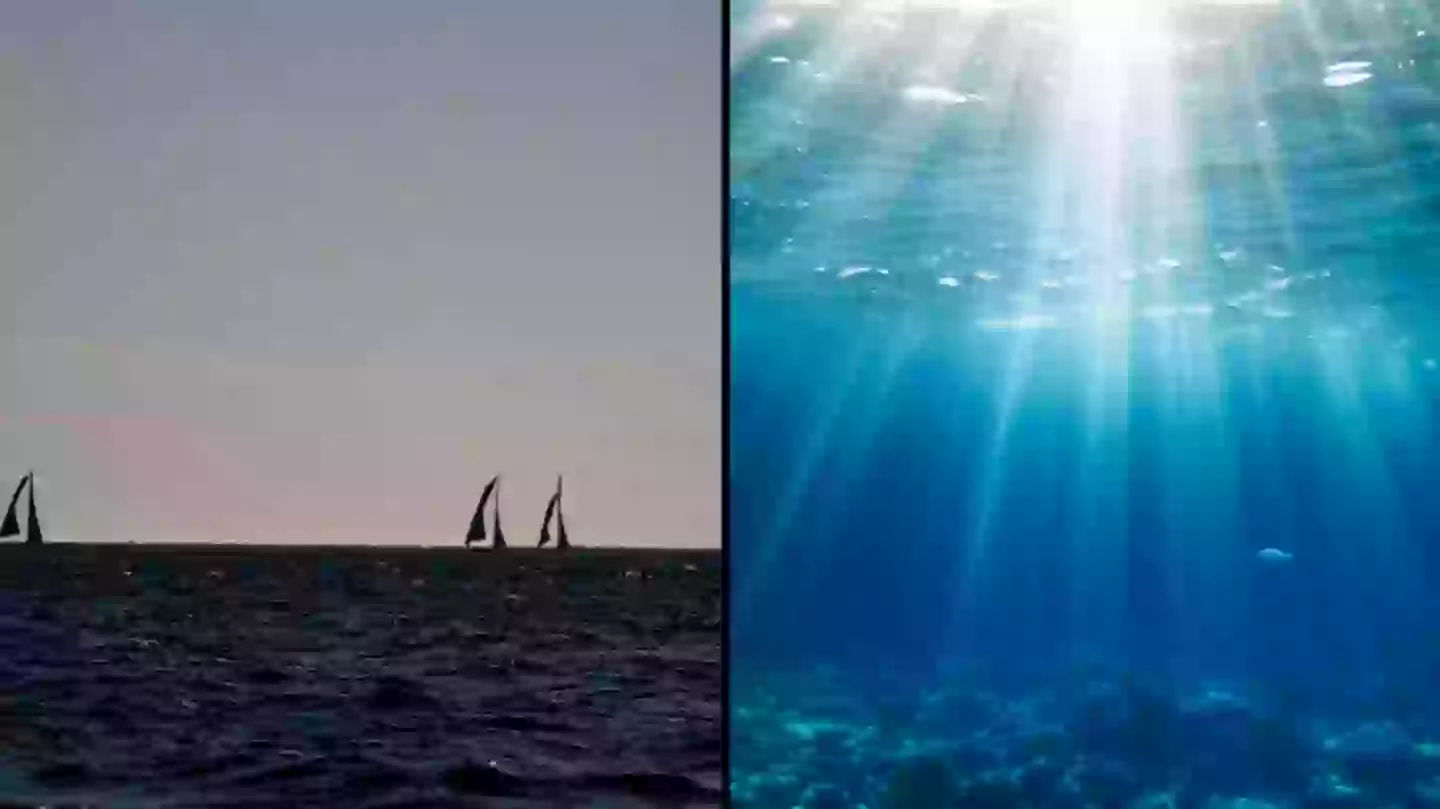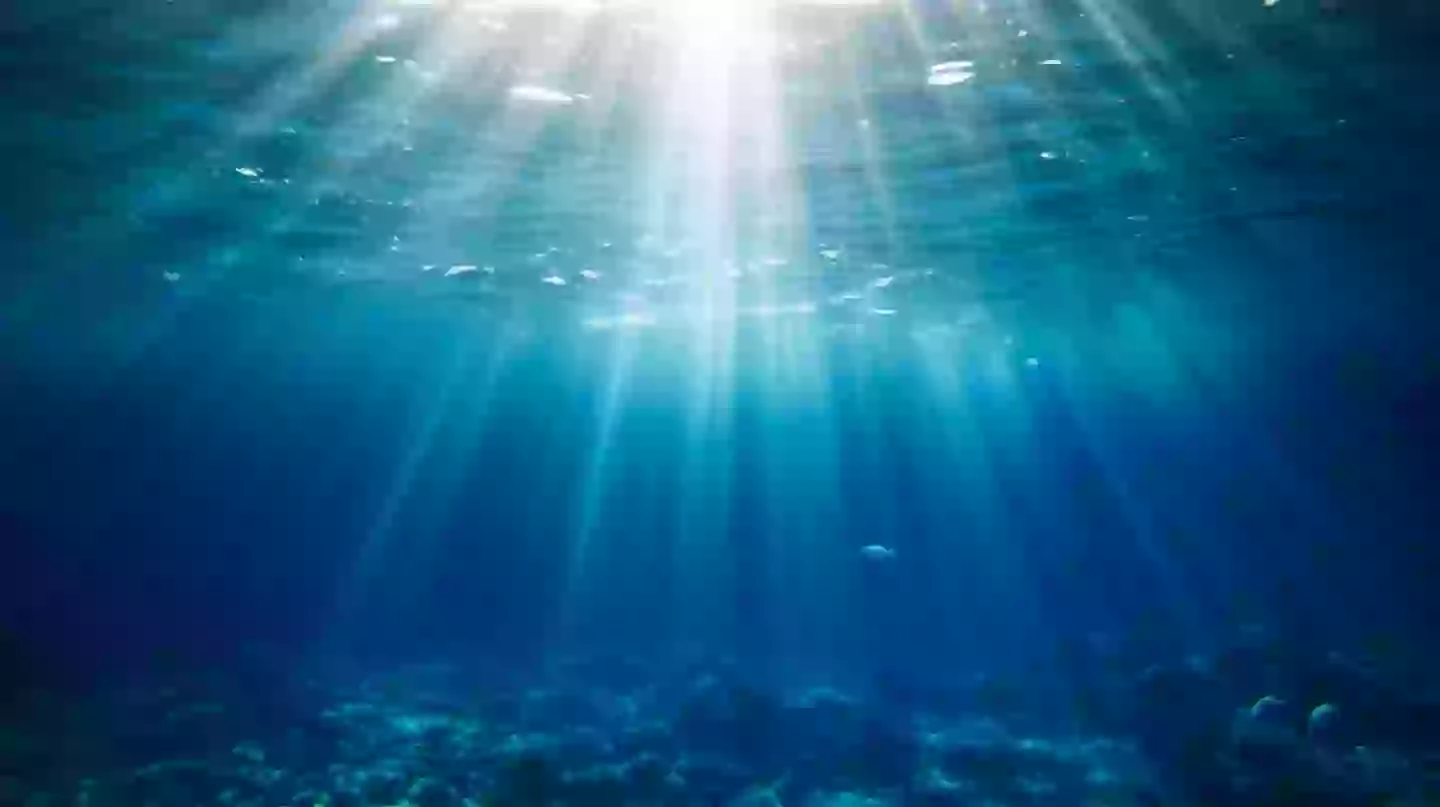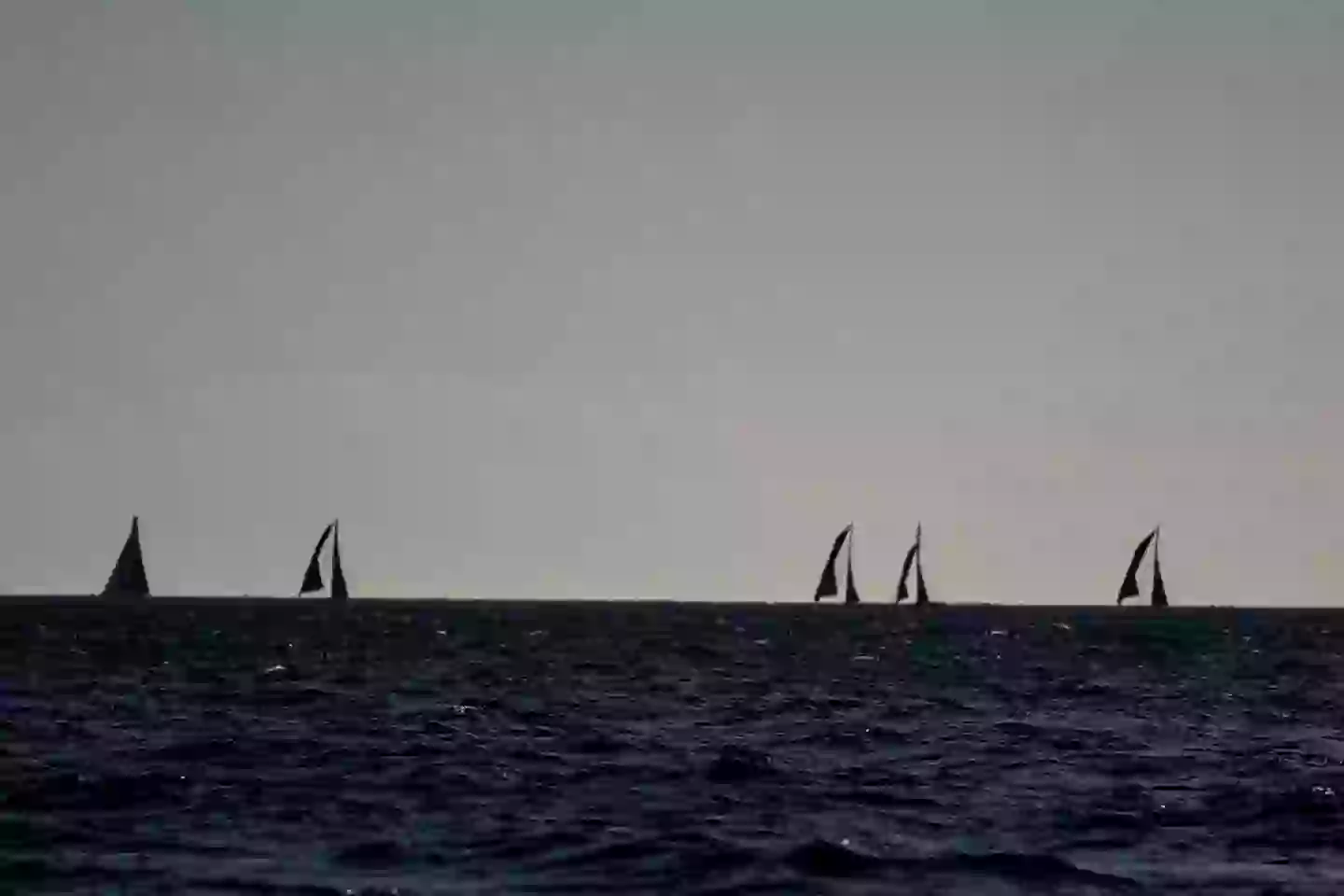
Sailors taking part in the Ocean Race made a ‘really concerning’ discovery while passing through one of the most remote regions in the world.
The 2022-2023 Ocean Race sees sailors from numerous countries setting off on a months-long race around the world.
With the event spanning the entire globe, the sailors, naturally, have to pass through some of the most remote areas in the ocean and even pass close to Point Nemo - the spot in the ocean that is the furthest away from any land.
Advert
Because these boats are able to pass through areas that your usual research vessels rarely reach, the sailors teamed up with scientists to study the conditions as they go.
And it was here that they made a ‘concerning discovery’ in samples collected during the race, which ended in July this year.

The samples, which were sent to the National Oceanography Centre in the UK to be analysed, showed a steep rise in microplastics.
According to the Guardian, up to 1,884 microplastic particles were found per cubic metre of seawater in some locations, which is up to 18 times higher than when the same tests were conducted during the Ocean Race in 2018.
Advert
Even at Point Nemo, researchers discovered there were 320 microplastic particles per cubic metre, compared with 9-41 in 2018.
However, scientists did note that the instruments they use to gather this data are more sensitive than in previous years.
The most commonly found chemical in the microplastics is polyethylene, which is present in single-use plastics such as carrier bags and plastic bottles.

Victoria Fulfer, a scientist visiting the NOC from the University of Rhode Island, said in a statement: “It’s really concerning that we are finding microplastics in every sample, from coastal areas to the most remote regions of the ocean.
Advert
“We are seeing much higher concentrations this year, which can be a sign of increased pollution, but also is related to the increased sensitivity of our analysis.”
As you may have assumed, areas nearest to coasts and urban areas had the highest concentration of microplastics.
According to the Guardian, an area off the coast of South Africa had readings as high as 816-1,712 per cubic metre.
Fuller added: "This is really concerning because coastal areas are so vital for fisheries production and the blue economy.
“All these microplastics are available for organisms to ingest, which could then impact our health.”
Topics: World News